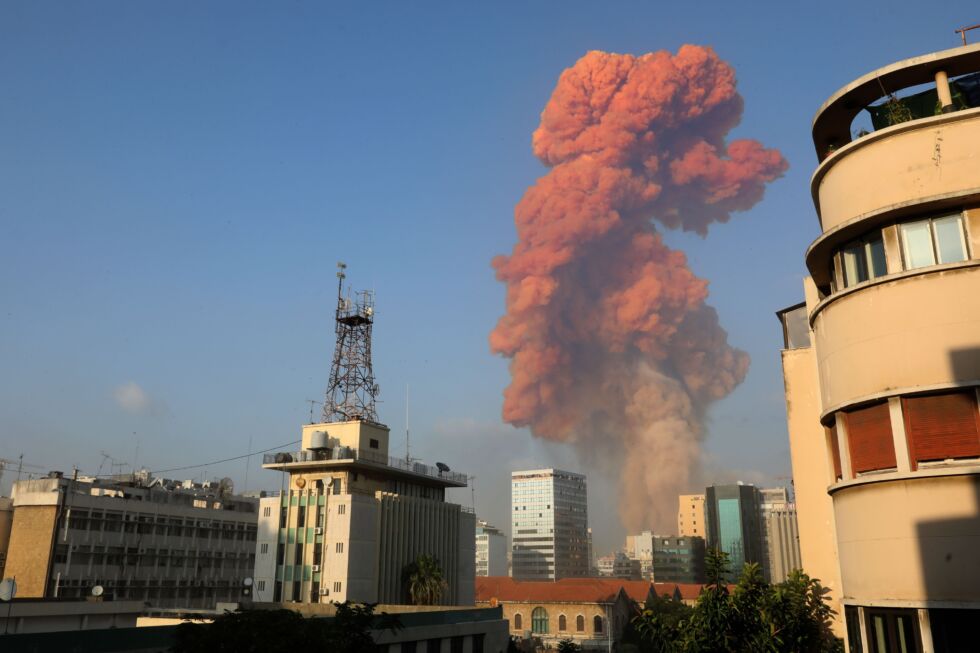What we know about the massive chemical explosion in Beirut

The red-orange cloud rising above the site of the explosion in Beirut on August 4 is due to nitrogen dioxide, a byproduct of the explosion of ammonium nitrate. [credit: ANWAR AMRO/AFP via Getty Images ]
On Tuesday, Beirut was devastated by a massive chemical explosion that occurred at the city's port a little after 6pm local time. The blast killed at least 135 people and injured thousands more, and it may have left 300,000 residents homeless after the shockwave shattered glass and damaged buildings across the Mediterranean city. Initial reports blamed improperly stored fireworks for the disaster, but the real culprit soon emerged: 2,750 tons of ammonium nitrate (NH4NO3) that had been seized by Lebanese officials from a freighter in 2013 and stored at a warehouse at the port ever since.
It's now believed that a fire broke out at the warehouse-possibly due to careless welding performed as an anti-theft measure-which caused the stockpile of the chemical, often used as a fertilizer, to explode catastrophically.
Ammonium nitrate has often been combined with fuel oil to create an explosive that's used in mining and construction, and it has been used as an oxidizer for rocket engines. But it's also been employed for more nefarious ends. The first recorded ammonium nitrate fuel oil (ANFO) bomb was detonated in 1970 at the University of Wisconsin-Madison as a protest against the Vietnam War. Terror groups on both sides of Northern Ireland's sectarian conflict also built bombs using ANFO from the 1970s until the 1990s, and Timothy McVeigh used a combination of ammonium nitrate and nitromethane for a terror attack in Oklahoma City in 1995.
Read 8 remaining paragraphs | Comments